Is it good for diabetics to eat taro?
Taro is not only delicious but also rich in nutrients, considered a "precious medicine of winter" or "longevity tuber", effective in preventing many diseases.
The nutritional composition of taro contains many nutrients necessary for the body such as starch, fiber, vitamin B6, vitamin B9, vitamin C, vitamin E and minerals such as manganese, magnesium, phosphorus, copper, potassium, zinc, etc.
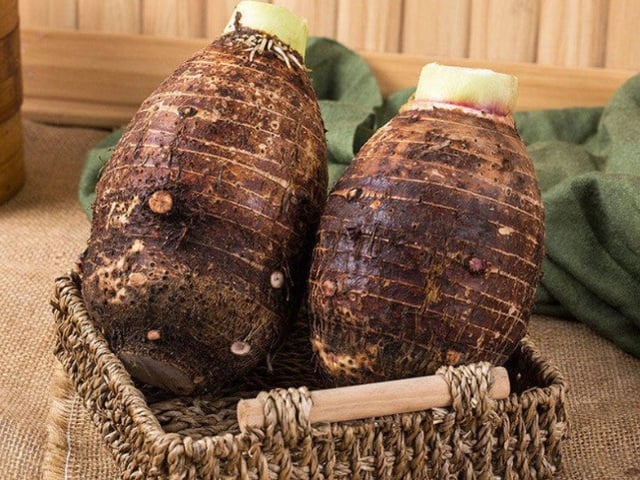
Illustration
According to nutritionists, diabetics can absolutely eat taro, because taro has a low glycemic index. Specifically, in terms of glycemic index, the GI (glycemic index) and GL (glycemic load) values in taro are 48.0 (low group) and 12.7 (medium group), respectively.
According to experts, foods with high index
Benefits of taro for diabetics
Helps stabilize blood sugar
In addition to starch, taro also provides a lot of fiber for the body. Fiber does not increase blood sugar after eating. In addition, it slows down the digestive process, thereby slowing down the increase in blood sugar. In addition, fiber also supports the digestive process very well, preventing indigestion and constipation.
Helps improve insulin sensitivity
Studies have shown that the starch found in taro helps improve insulin sensitivity. This helps the body metabolize sugar more effectively, limiting excess sugar in the blood that increases blood sugar.
Helps lower cholesterol
The starch in taro is a natural resistant starch. This type of starch can promote the fermentation and metabolism of fat. From there, it can reduce cholesterol, preventing the risk of arterial blockage. When cholesterol and fat levels are reduced, it will also improve insulin levels in the blood. This is good for diabetics.
Improve vision for diabetics
The vitamin A content in taro also helps stabilize blood sugar, stimulates the metabolism of sugar and excess fat. Vitamin A deficiency in the body is also related to reduced insulin production. In addition, diabetics are prone to vision loss. Vitamin A also has the effect of protecting the mucosa and enhancing vision for diabetics.
How much taro is enough for diabetics?
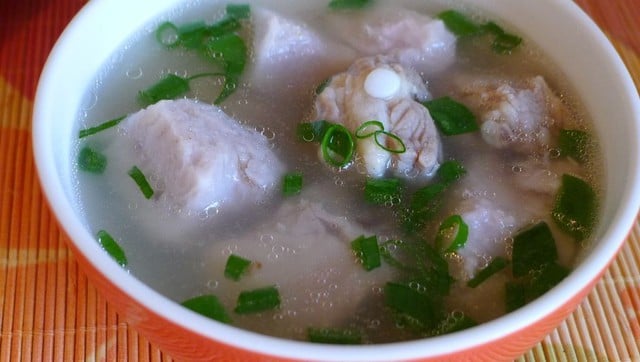
Diabetics are allowed to eat taro, but need to control the amount in moderation and choose safe processing methods. According to recommendations, patients should not eat more than 157g of taro per meal.
The above safe taro consumption is calculated under the condition that diabetics only eat taro as the sole source of carbohydrates in their diet. If you eat taro with rice, vermicelli, pho, noodles and other carbohydrate-rich foods (green leafy vegetables, beans, seeds, cereals, fresh fruits, etc.), you should consult a nutritionist for advice on reducing your taro intake to an appropriate amount.
How to eat taro better for diabetics
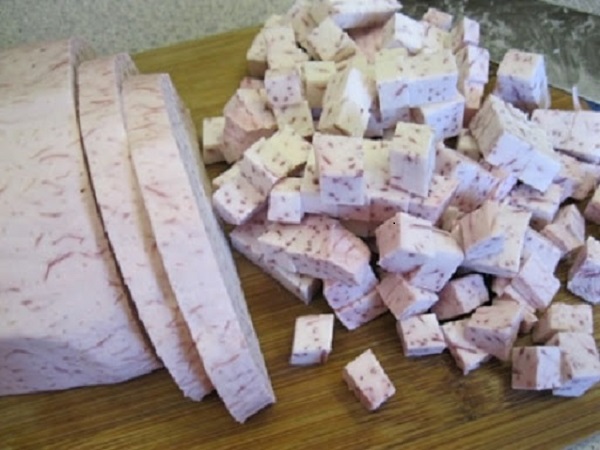
Illustration
Limit salt, sugar, and fat
Eating too much salt and sugar can directly increase blood sugar and blood pressure. Therefore, when preparing taro, patients should limit the use of salt, sugar and fat. Instead, prioritize cooking soup, boiling and steaming. Using herbs (coriander, coriander, perilla, cinnamon, star anise, etc.) helps to enhance the flavor of taro without adversely affecting health.
Combined with protein and healthy fats
The GI of taro can be reduced somewhat when you eat them with foods rich in protein (chicken, fish, beans, nuts) and fat (olive oil, canola oil, ripe avocado). This helps to enhance the effect of stabilizing blood sugar, good for diabetics;
Regular blood sugar measurement
Regular blood sugar measurement can help patients detect any inadequacies in their diet, thereby making timely adjustments. Not only that, this is also the optimal way for you to closely monitor the progression of the disease, facilitating the examination and improvement of the disease at the medical facility.
Note , to have delicious and nutritious taro, you should choose medium-sized taro tubers (about the size of a fist), round in shape, slightly rough skin, lots of hairs but not crushed. In addition, delicious, nutritious taro tubers often have ivory-white flesh, lots of purple and dark red veins.
Source: https://giadinh.suckhoedoisong.vn/loai-cu-truong-tho-dang-ban-day-cho-viet-giup-on-dinh-duong-huet-nguoi-benh-tieu-duong-nen-an-de-keo-dai-tuoi-tho-17224102310592621.htm

















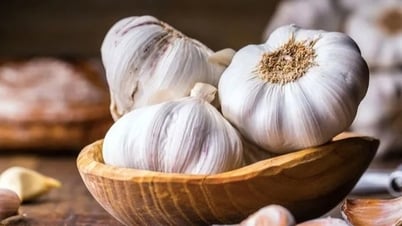
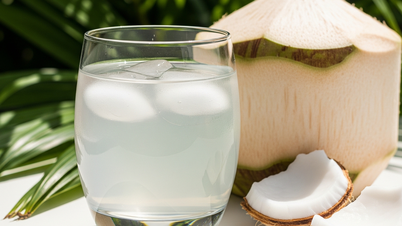


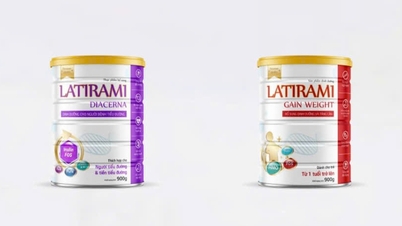




















































































Comment (0)